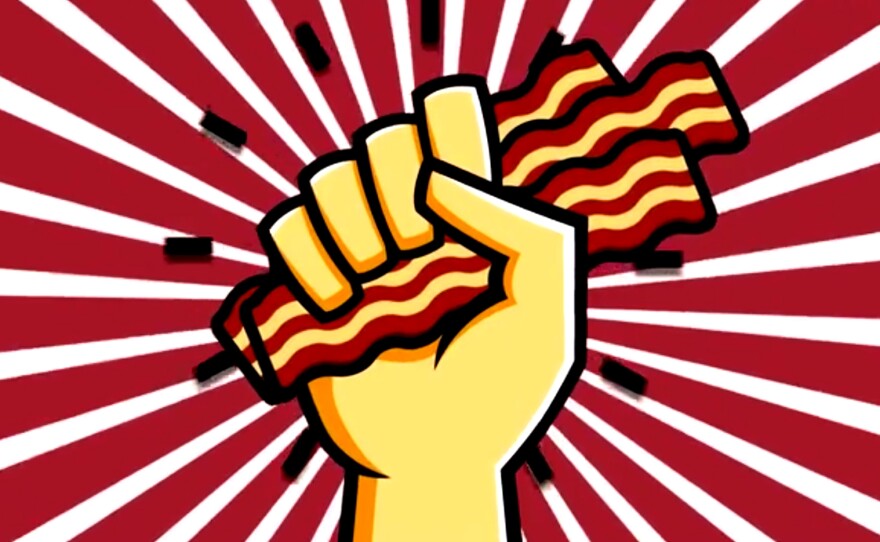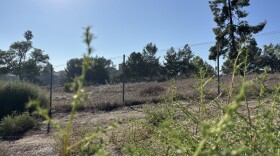There's nothing on Earth like the smell of bacon cooking, especially when it's being prepared by someone else and it's the weekend. Put a pan of bacon on, and everyone suddenly gathers in the kitchen. We've even known vegetarians to cave in its presence, and mathematically speaking, it makes everything better.
But — why? What is it about the smell that calls us like a siren out of a deep sleep?
Well, as our fellow nerds over at the American Chemical Society and the chemistry blog, Compound Interest, demonstrate in the pop-art video above, it's the devious work of 150 volatile organic compounds coming together to do their thing.
When a slice of bacon first hits a hot pan, the sugars and amino acids get very excited. That's known as the Maillard reaction, and it's pretty much the reason steak, bread, cookies and other highly-heated foods get brown and taste good.
Then the reaction combines with melting fats to produce the aroma compounds. Two-thirds of those compounds are classified as hydrocarbons and aldahydes.
"Hydrocarbons are just hydrogen and carbon atoms, chained together in thousands of different ways. Some of those chains just happen to produce a pleasant odor," the video explains. As for aldehydes, "They still have carbon, but they bond with oxygen as well as hydrogen, and some produce a lovely smell."
But there's a triple whammy when it comes to bacon: the addition of nitrogen-containing compounds. Nitrogen compounds like pyridines contribute even more to the meaty aroma, and there you go.
Did someone say breakfast?
Copyright 2014 NPR. To see more, visit http://www.npr.org/






